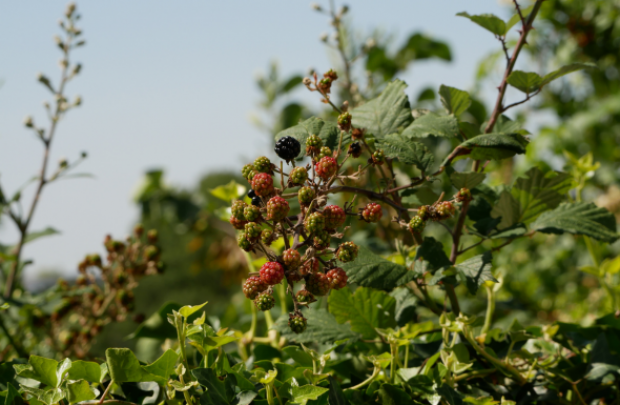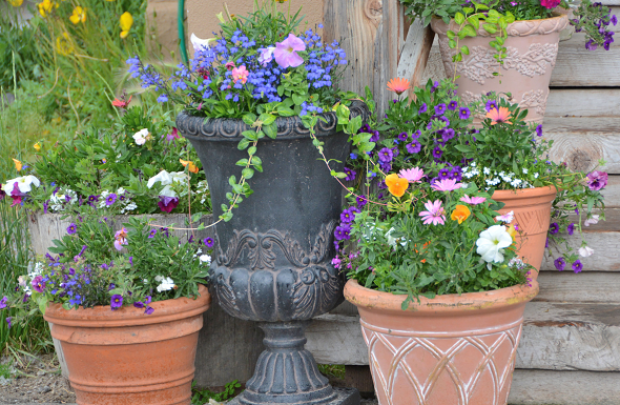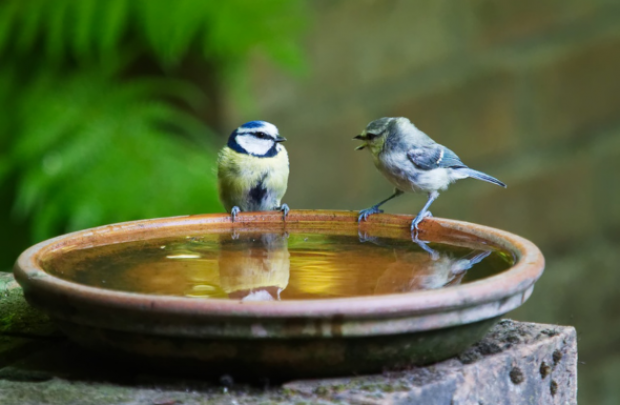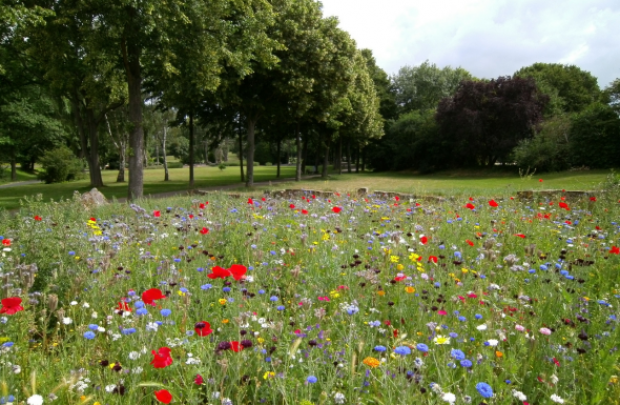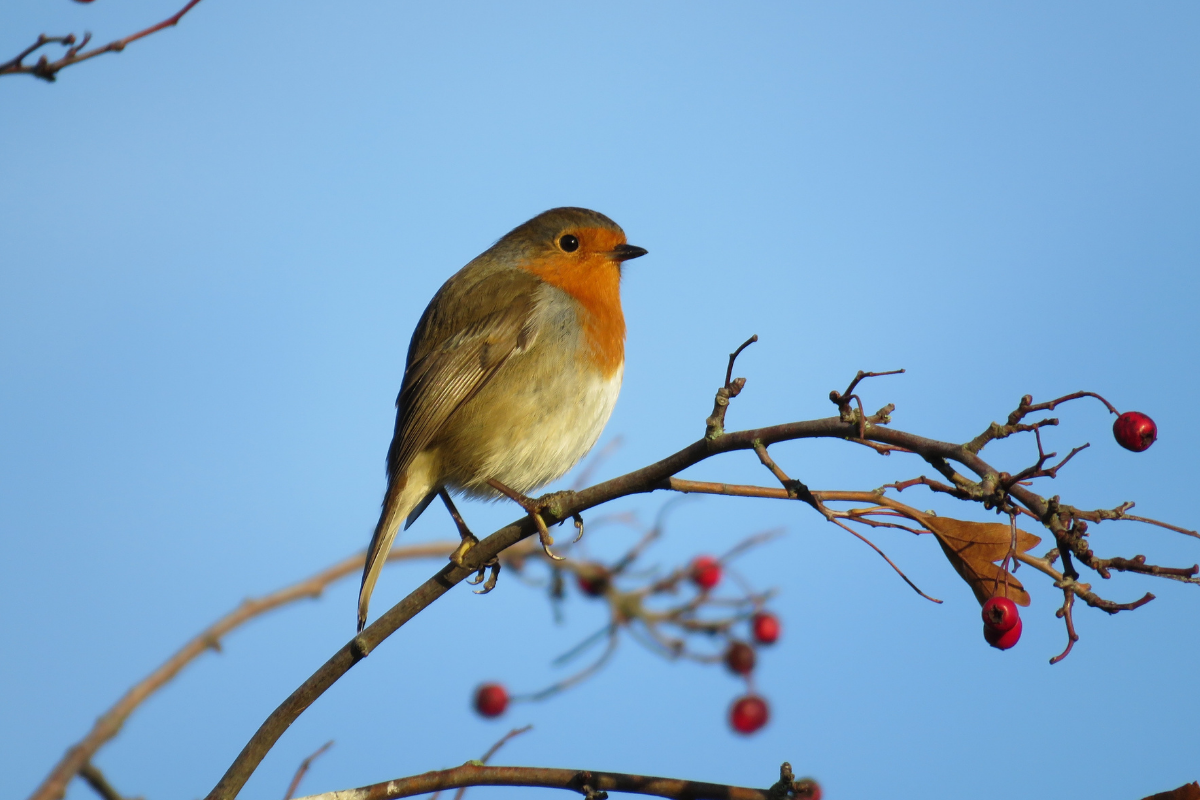
Wellbeing in winter
By Kirsty Crawford, Senior Project Officer Citizen Science (The Conservation Volunteers & Earthwatch Europe)
During these unprecedented times; a new lockdown coupled with the dark nights and colder days, we can find a combined negative effect on our mental health. The longer-term effects of this on our collective wellbeing is not yet known, but it is undoubtable that many of us will feel effects of low mood, anxiety and depression more strongly than before.
Taking simple actions or even a daily nature walk in our local area can open up a new world. There is something grounding about noticing the small things for the first time, even allowing ourselves time to be more in tune with the seasons. As many of us face wintery landscapes with snow and ice, underneath spring is coming and the early signs of new life are appearing all around.

There are a host of ways to boost our mental wellbeing and engaging with the environment is high on the list. Many studies show spending time outdoors in nature each day is very beneficial. There’s no special equipment or knowledge required here - even in the most urban landscape, from your balcony, doorway, back garden to the local park or walking down your high street, nature is all around. Winter is the time for our garden birds to shine – when was the last time you really took note of the sounds and sights around you?
A Sense of Community
While we find ourselves in a new lockdown in the UK, we can still find the social connections. Why not share the wildlife from your window everyday on social media and get to grips with some photography skills? You could include your neighbours in a windowsill growing competition to give the community something beautiful to spot.
Nature is best when shared, and with the Naturehood project you will find a community sharing wildlife highlights from their local area, asking for advice and space to chat about everything from bird feeding to hedgehog highways. The best place to drop in and find us is Facebook.
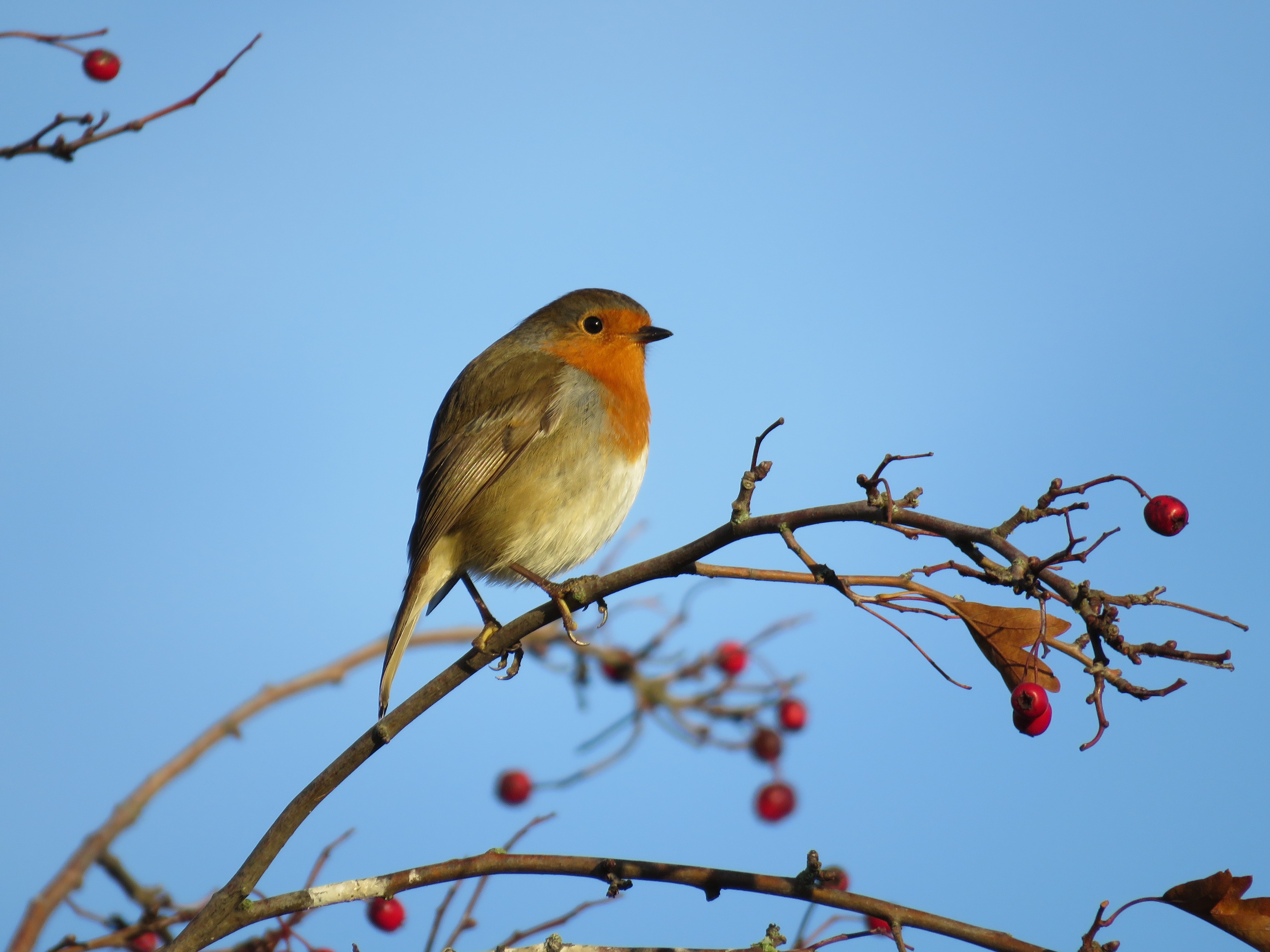
Out in the Open Air
Combine a daily wander in nature with a sense of purpose. Use this interactive map from Footpath Map to create new routes around your immediate local area and discover little pockets to explore that are right on your doorstep.
Why not try committing to an ‘Awe Walk’? This introduction video by the World Economic Forum states:
Going on a 15-minute 'awe walk' each week, where we stop to appreciate the world around us, can help boost positive emotions and reduce stress.
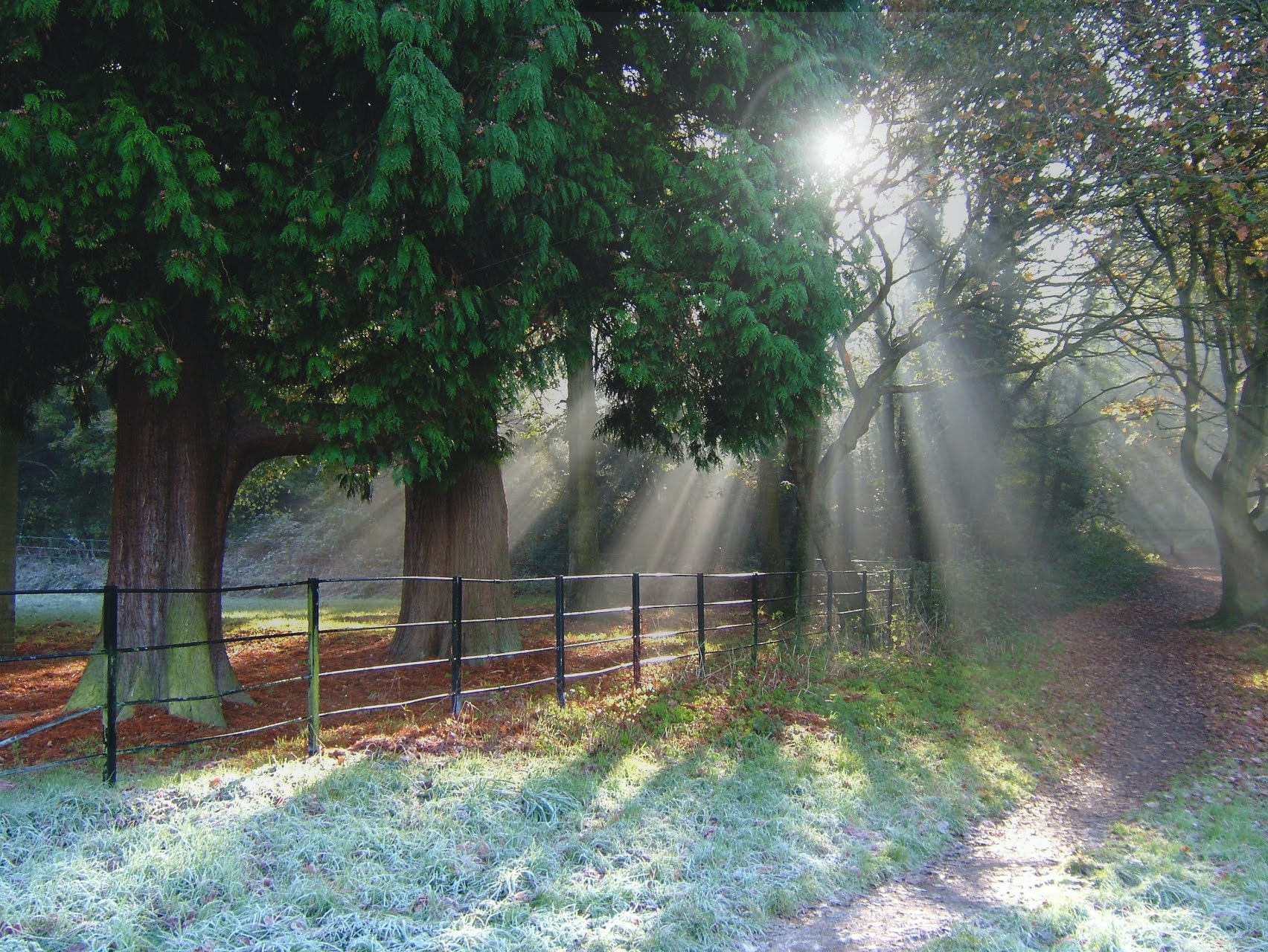
You can take part in some wildlife monitoring on your walks. You need very little to contribute data to the biggest citizen survey in the UK, The Big Garden Birdwatch, which is fast approaching (29 – 31 January). Sign up here for your identification pack and simply spend one hour getting to know the birds visiting your garden or local park. Your contribution will help increase understanding about our local birds.
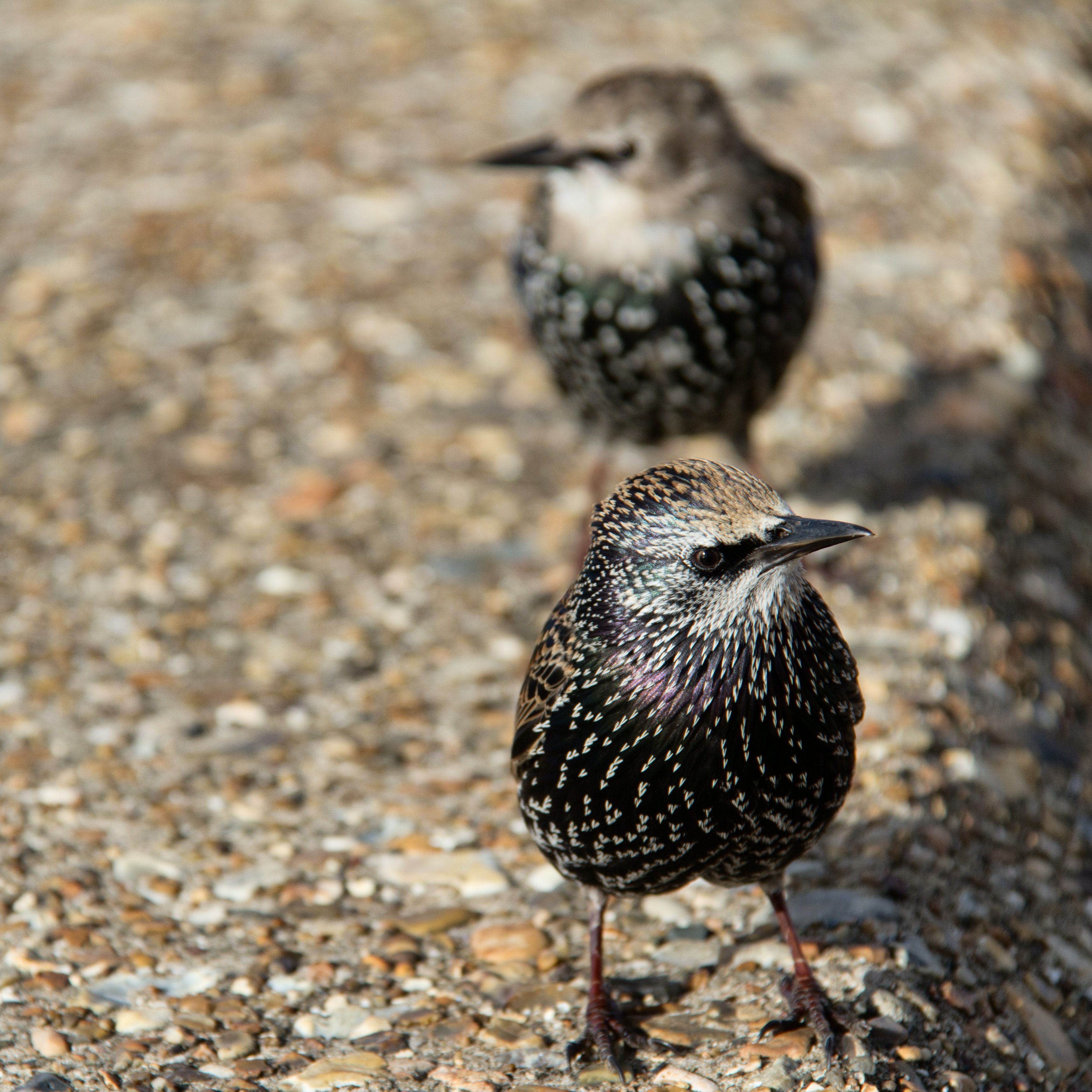
Mini-targets
There is no doubt that mini-goal setting and hitting some targets has a positive effect on our mental wellbeing, so this winter you could switch your focus to some garden goals and hitting targets for wildlife. There can take simple actions to help local wildlife in your garden or local patch. You can find a list of our nine top wildlife actions here, and here are a few to get started with:
Wildlife Corridors
Your garden can act as a boundary in otherwise open space to the wildlife which may be attempting to use it. If you know you have a boundary fence that could otherwise provide a corridor to find food and shelter for wildlife such as toads, frogs and hedgehogs you can begin by creating gaps to link up small natural areas.
Hedgehogs roam an average of one mile each night looking for food and need to be able to move freely in an area much larger than the average garden. Frogs and toads migrate from terrestrial habitat to their breeding ponds in the spring and creating a passageway enables them to move safely between these areas to breed successfully. A CD-case sized hole (13cm x 13cm) will be perfect, and not too large for pets to escape through.
Spaces to Shelter
How about a pledge this new year to NOT tidy up your garden. One of the most simple ways to help is by creating log and leaf piles and establishing a compost heap. An undisturbed pile of leaves provides excellent natural nesting habitat for hedgehogs and bumblebees. A small log pile in a damp, shady area can create excellent feeding opportunities by supporting various invertebrates and offer refuge for small mammals, amphibians and reptiles.
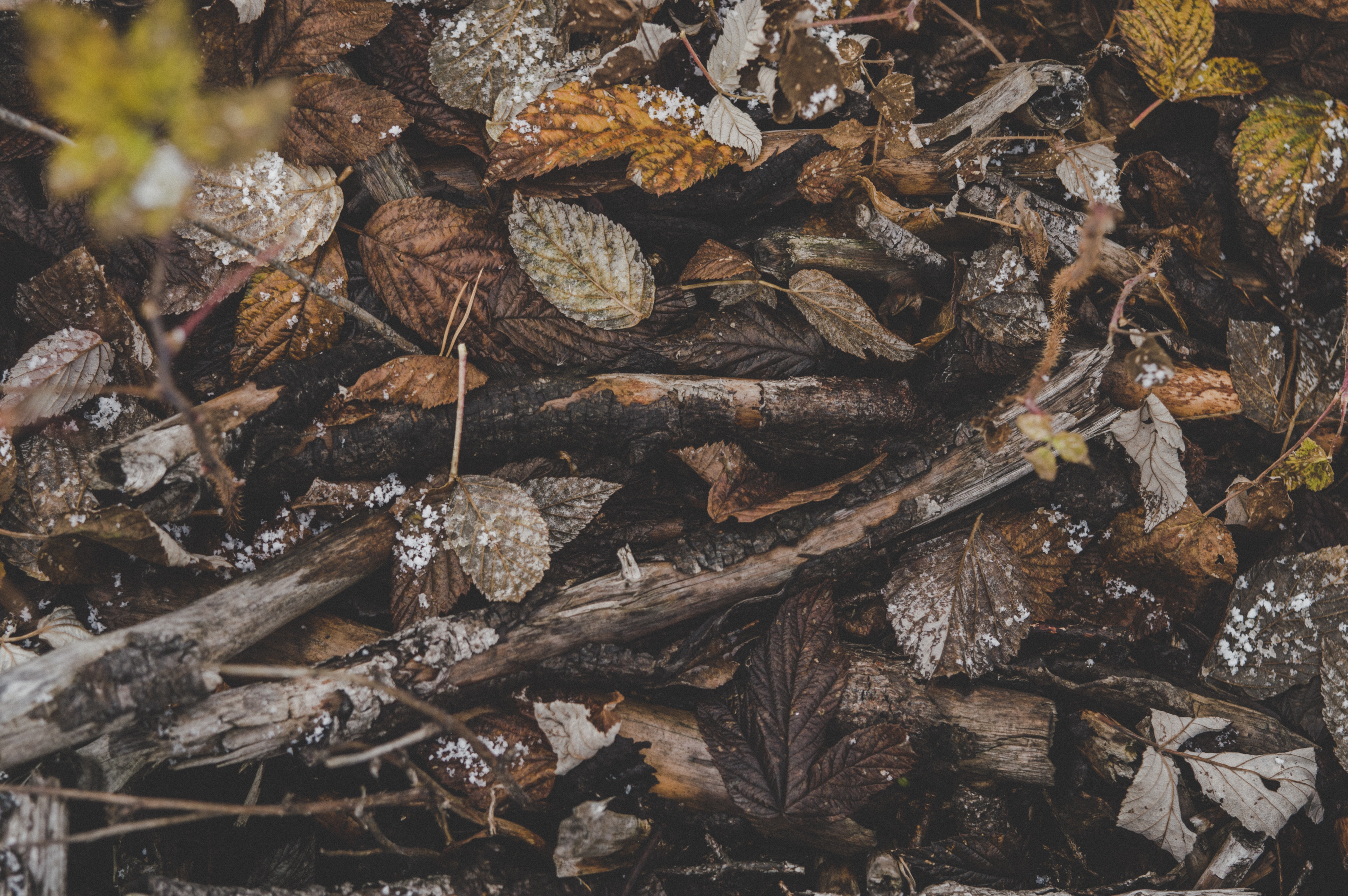
Naturehood is a citizen science project which supports communities to act positively for wildlife. Throughout the year we’d encourage you to think about your gardens or outdoor space as a thriving place where you can implement simple wildlife-friendly actions to boost biodiversity. We call these Naturespace Actions. Join in for free on our Facebook page, where we post one thing to do for wildlife every week of the year. You can also complete surveys to help our scientists at Earthwatch Europe with research into the use of urban gardens for wildlife.
Taking positive action for nature and spending time outdoors has a huge impact on mental and physical wellbeing, this winter it is more important than ever that we re-connect with nature.
